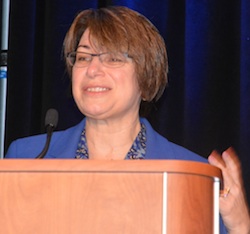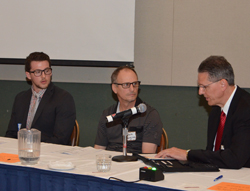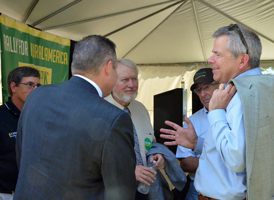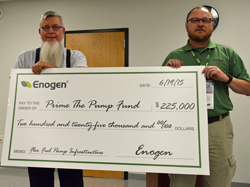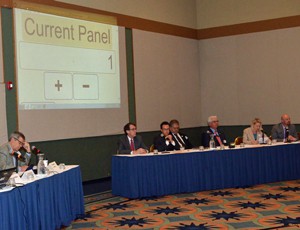 Dr. Franklin Orr, Under Secretary for Science and Energy, U.S. Department of Energy, provided the keynote address at the recent BioEnergy 2015 Conference which took place in Washington, D.C. In his role, Dr. Orr is the principal advisor to the Secretary and Deputy Secretary on clean energy technologies and science and energy research initiatives.
Dr. Franklin Orr, Under Secretary for Science and Energy, U.S. Department of Energy, provided the keynote address at the recent BioEnergy 2015 Conference which took place in Washington, D.C. In his role, Dr. Orr is the principal advisor to the Secretary and Deputy Secretary on clean energy technologies and science and energy research initiatives.
“If there is any technology that we are working on that illustrates the facets of innovation that we are trying to foster, it’s bioenergy. It goes from the fundamental science side of the house, to development, to demonstration and deployment. And we have lots of activities going on in all these areas.”
Dr. Orr said he truly believes that biofuels are a very important part of America’s energy and economic future. He added that this is clear when you look at the global context of energy.
He mentioned a few examples which indicate broader global challenges that we are going to face. “Energy security is one of those, creating good paying jobs in the United States is very important for us and of course reducing the emissions that lead to climate change.” Dr. Orr admits these are all big challenges, but stresses that biofuels can help in each of these measures.
Listen to Dr. Franklin Orr’s complete remarks to learn more about the future role of biofuels when it comes to science and energy across the United States: Franklin Orr's Remarks


